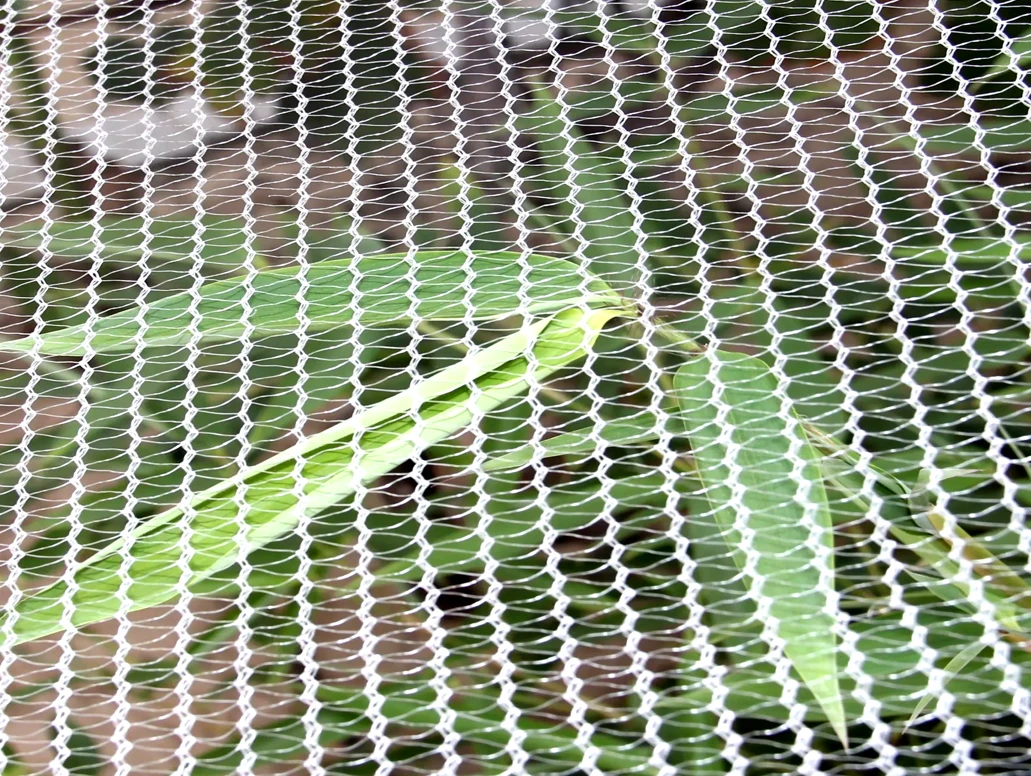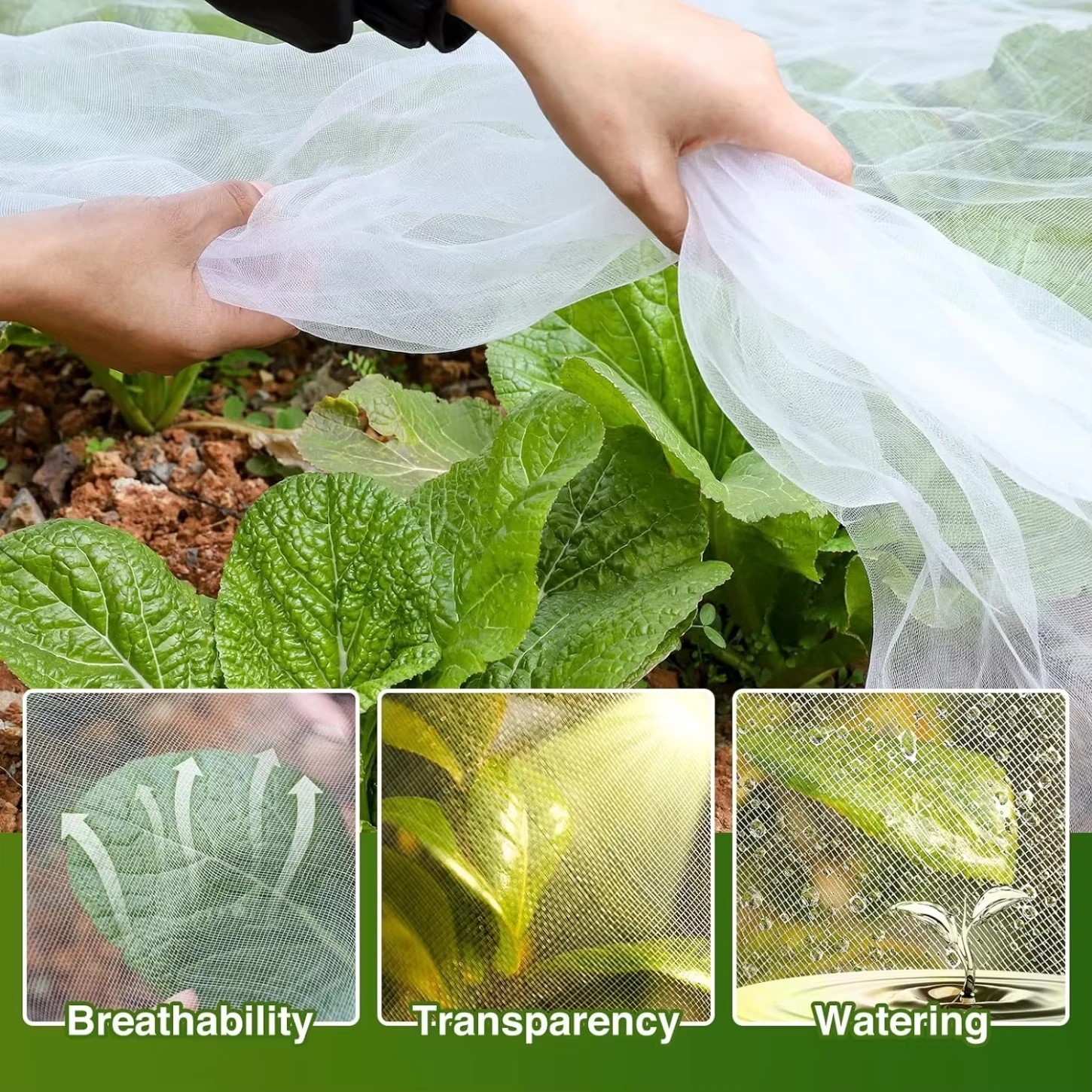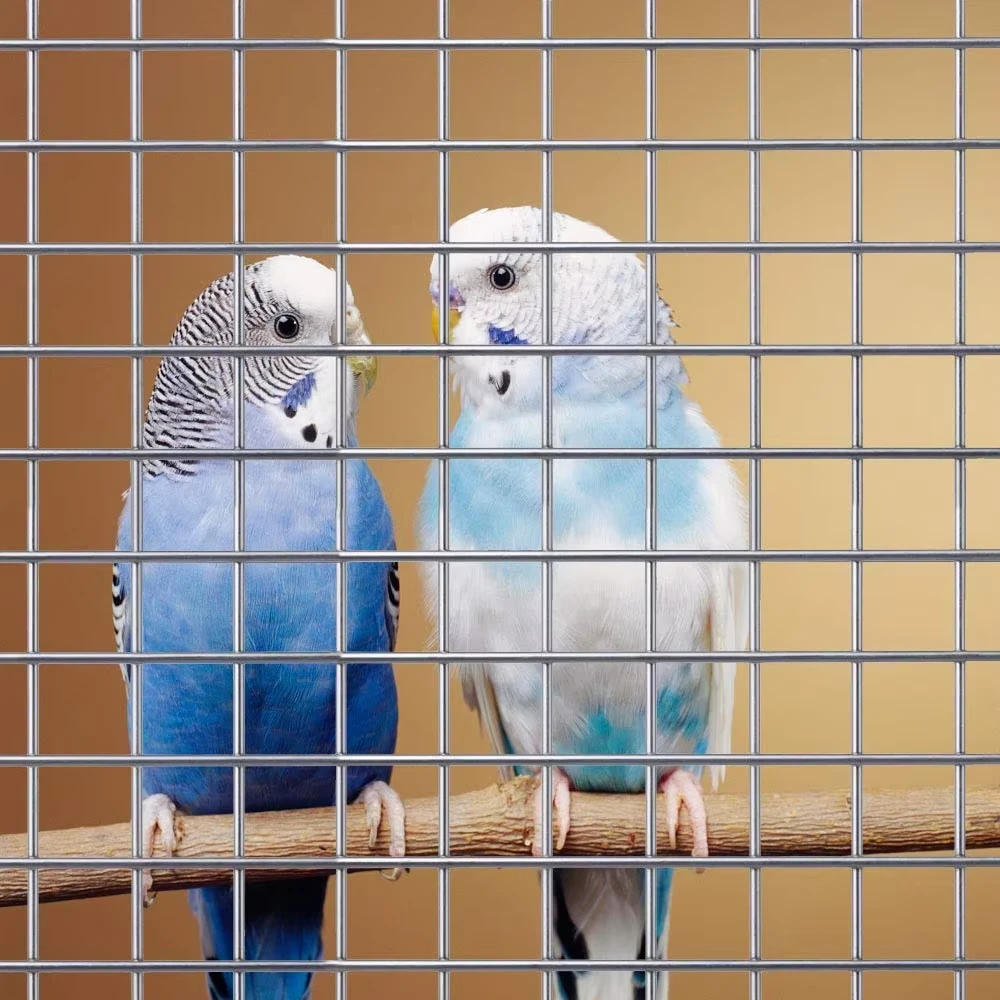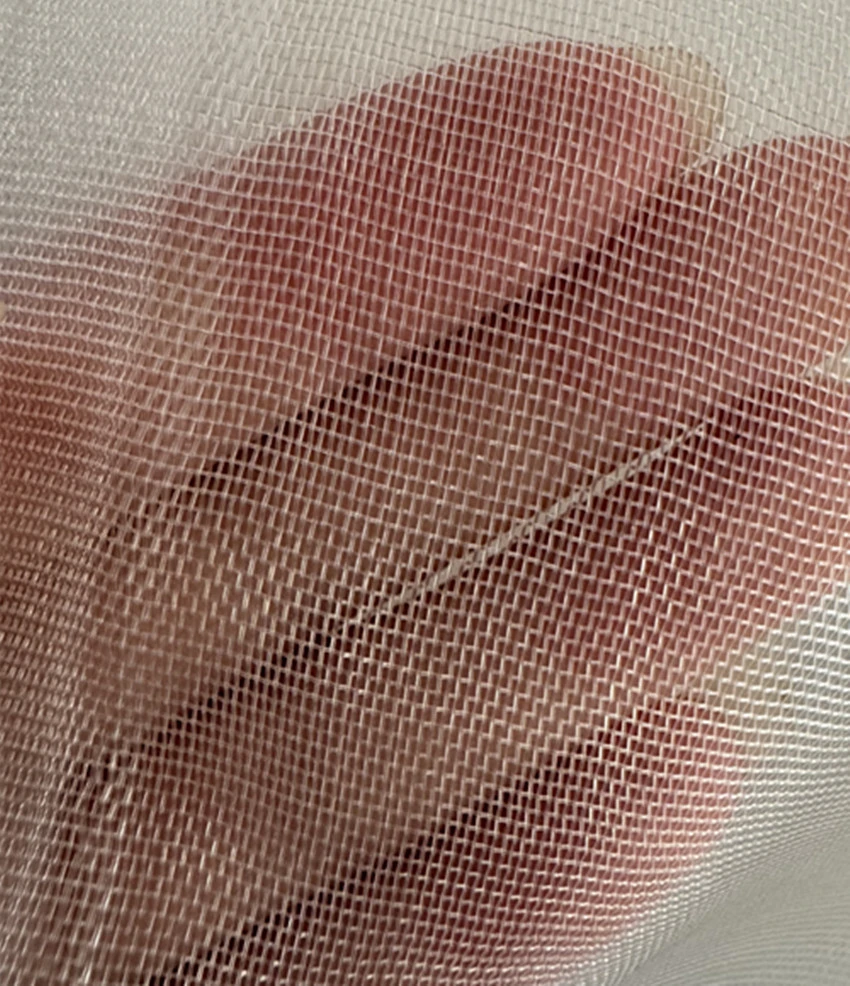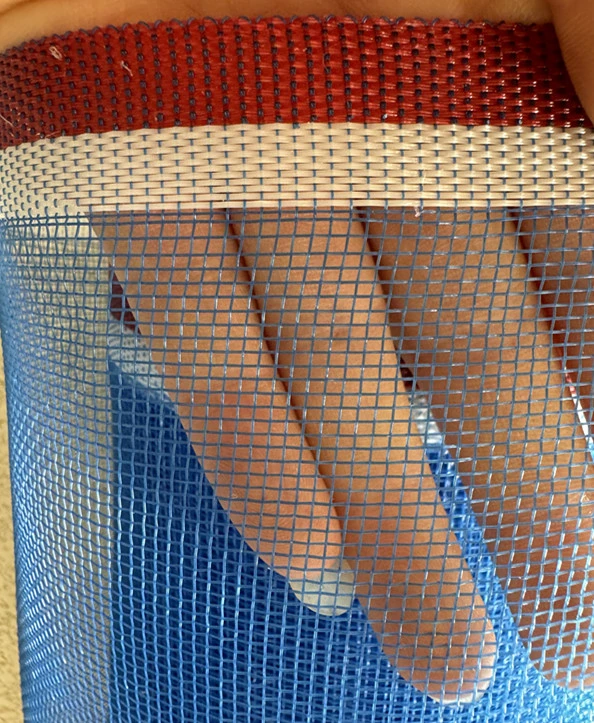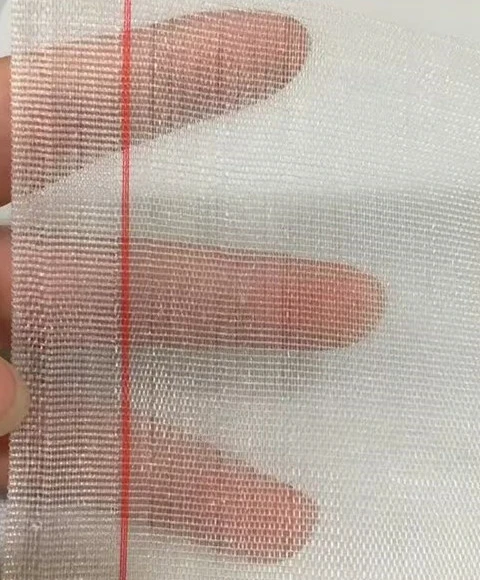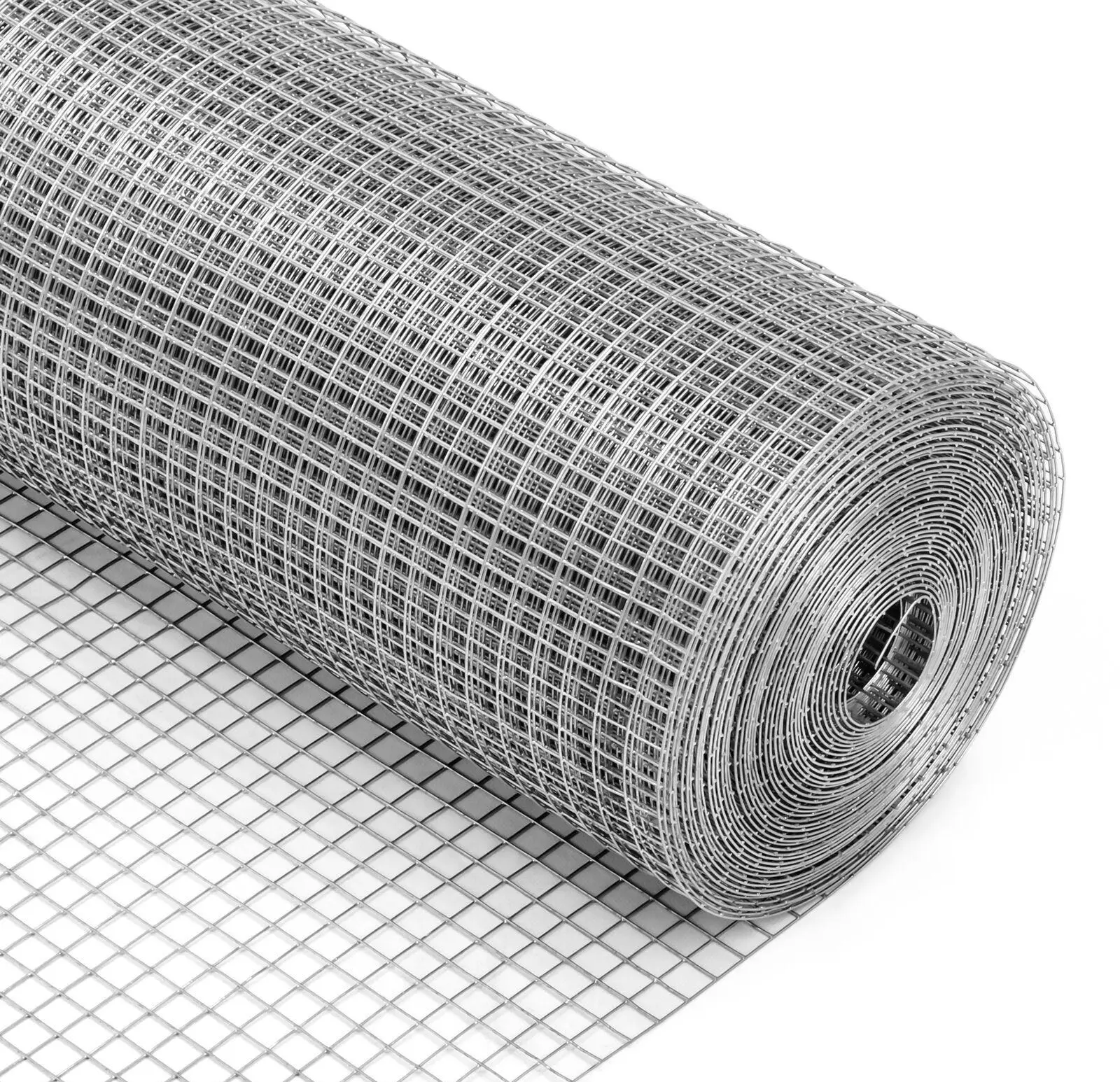Anti Insect Net for Agriculture: UV, 50 Mesh, High Yield?
Field Notes from the Greenhouse: Choosing the Right Anti-Insect Net
If you grow tomatoes, cucumbers, or delicate nursery stock, you’ve probably muttered this under your breath: “there has to be a better way than spraying again.” There is. An anti insect net for agriculture has quietly become the backbone of more resilient, lower-input farms. To be honest, the adoption curve during the last five seasons has been wild—especially in warm regions where whiteflies, thrips, and leafminers are relentless.

What it is (and why growers stick with it)
The Greenhouse Anti Insect Net for Vegetable Fruit Tree, made in China, is a UV-stabilized polyethylene mesh. Additives counter aging and high UV, which—actually—matters more than people think. The fabric is light but tough, easy to tension, reusable, and fits nicely into IPM programs. Many customers say their spray schedule drops by half in the first season; that seems consistent with what I’ve seen on farms from Shandong to Murcia.

Typical Specifications (real-world use may vary)
| Material | HDPE monofilament + UV masterbatch | Virgin grade preferred for durability |
| Mesh count | 40–80 mesh (≈0.18–0.40 mm aperture) | 80 mesh for thrips/whitefly exclusion |
| GSM | ≈60–120 g/m² | Balance airflow vs. exclusion |
| UV stability | ≥500–1000 h (ASTM G154) equivalent | Higher for high-solar zones |
| Tensile strength | ≈400–700 N/5 cm (ISO 13934-1) | Orientation-dependent |
| Service life | 3–5 seasons outdoors; up to ≈7 years under greenhouse | With proper storage and cleaning |
| Widths | 1–10 m (custom up to house span) | Selvedge reinforcement available |
How it’s made (short version)
Materials: HDPE pellets blended with UV/anti-aging additives → Monofilament extrusion → Leno or Raschel weaving (tight tolerance on aperture) → Heat-setting for dimensional stability → Edge reinforcement (selvedge/eyelets) → Roll inspection and packaging. Testing typically follows ISO 13934-1 for tensile, ASTM G154 or ISO 4892-3 for accelerated UV, and aperture verification with calibrated microscopy. I guess that sounds a bit lab-ish, but the consistency shows in the field.

Where it works best
- Greenhouse sidewalls, roof vents, and roll-up sides to block thrips/whitefly.
- Orchard frames for citrus psyllid and fruit fly zones; nursery isolation tents.
- Field edges and seedbeds; quarantine bays in high-value propagation.
Advantages: fewer pesticide sprays, better residue profiles, steadier microclimate, and—surprisingly—cleaner produce surfaces. Pair a anti insect net for agriculture with sticky traps and sanitary pruning and you’re already ahead.
Vendor snapshot (what buyers actually compare)
| Vendor | Mesh accuracy | UV stabilization | Lead time | Certs | Customization |
| YJ Wire Mesh (China) | ±3–5% aperture | High (tropical-grade options) | ≈15–25 days | ISO 9001; SGS tests on request | Widths to 10 m; reinforced edges |
| Importer B | ±8–10% | Standard UV | ≈30–45 days | Basic COA | Limited colors/widths |
| Local Fabricator C | ±5–7% | Regional UV package | ≈7–14 days | Shop QA only | Great for custom shapes |
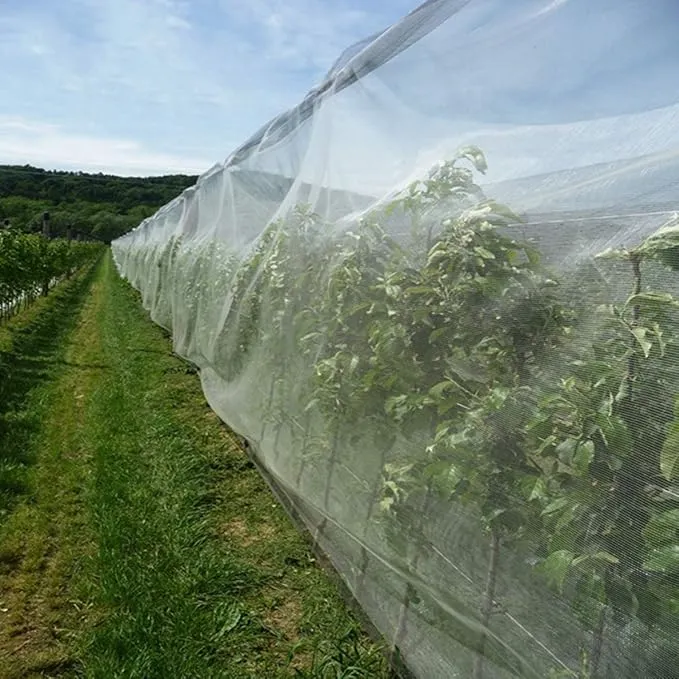
Customization tips
- Match mesh to pest size: 50–60 mesh for aphids/leafminers; 70–80 mesh for thrips/whitefly.
- Choose color: transparent for light transmission; gray for a touch of shading.
- Ask for reinforced selvedge, eyelets, or zipper doors for high-traffic vents.
Field results (two quick snapshots)
Spain, Almería: 1-ha tomato greenhouse retrofitted with 80-mesh netting reported ≈72% fewer whitefly entries and a 0–1 spray/week reduction during peak season; marketable yield up 8% (grower logbook, 2024). Vietnam, Lam Dong: pepper nursery used 60-mesh and saw thrips counts drop by ≈65% with no virus events over 10 weeks. Not a clinical trial, but the numbers track with extension data.
Customer feedback? “Less spray, calmer plants.” Another said the nets survived two typhoon seasons—edges scuffed, sure, but intact. I’ll take that.

Final check-list before ordering
- Confirm mesh tolerance and UV package for your latitude.
- Request tensile and UV test reports (ISO 13934-1; ASTM G154/ISO 4892-3).
- Measure vent openings and plan for tension points; specify edge reinforcement.
- Think IPM: combine a anti insect net for agriculture with monitoring traps and sanitation.
Authoritative sources
- ISO 13934-1:2013 – Textiles — Tensile properties of fabrics — Part 1: Strip method.
- ASTM G154-16 – Standard Practice for Operating Fluorescent UV Lamp Apparatus for Exposure of Nonmetallic Materials (or ISO 4892-3 equivalence).
- FAO Integrated Pest Management guidelines; and university extension notes on insect exclusion screens (e.g., UF/IFAS, 2020).
-
Anti Hail Net | UV-Stable, High-Strength Orchard ShieldNewsNov.17,2025
-
Anti Bird Netting – UV-Stable, Durable, Humane ProtectionNewsNov.17,2025
-
Welded Wire - Durable, Rust-Resistant Mesh, Custom SizesNewsNov.17,2025
-
Garden Mesh Sun Shade – UV-Resistant, Durable, Custom SizesNewsNov.17,2025
-
Bird in Net Solution: Humane, UV-Resistant Bird NettingNewsNov.17,2025
-
Stainless Steel Filters: Durable, Washable, High-FlowNewsNov.10,2025





